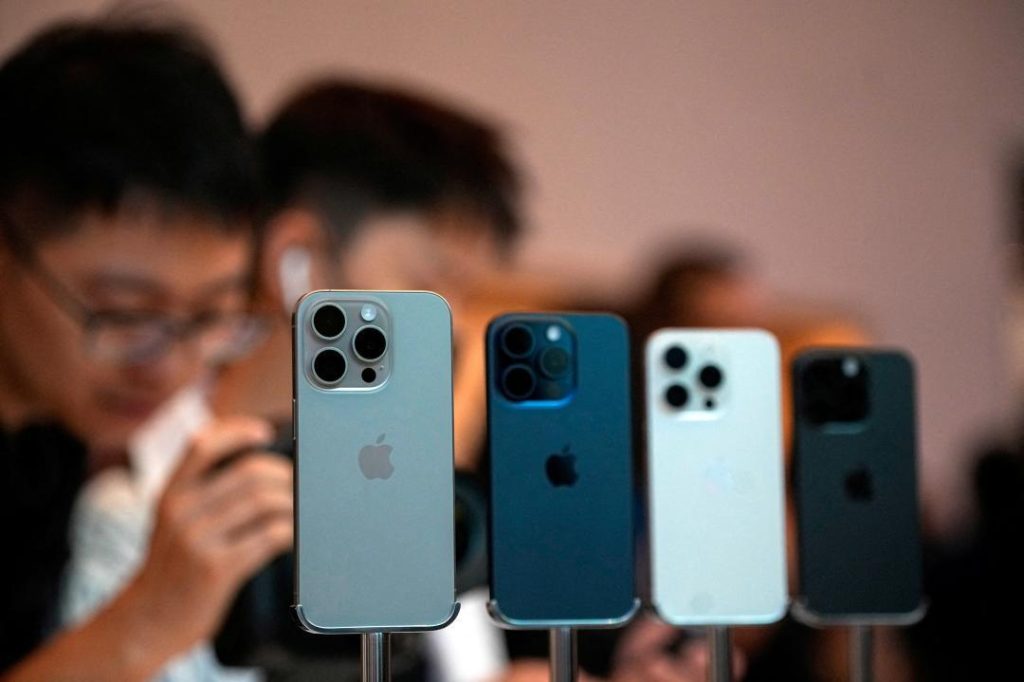
How Much Does it Cost to Make an iPhone? And How May it Change Due to US Tariffs?
The iPhone has become an integral part of modern life, with millions of people around the world relying on these devices for communication, entertainment, and more. But have you ever wondered how much it costs Apple to make an iPhone? The answer may surprise you.
According to a recent report, Apple spends around $580 to make a 256GB iPhone 16 Pro. This cost includes a range of components, from the A18 Pro chip to the rear camera systems and display. Let’s break down the costs in more detail.
The Breakdown: How Much Does it Cost to Make an iPhone?
The report from Moneycontrol, a leading Indian financial news source, provides a detailed breakdown of the costs involved in making an iPhone. Here are some of the key components and their costs:
- A18 Pro chip: $90.85
- Rear camera systems: $126.95
- Display: $37.97
- Other components (such as memory, storage, and battery): $325.23
These costs add up to a total of $580, which is the estimated cost of making a 256GB iPhone 16 Pro. It’s worth noting that this cost does not include the cost of research and development, marketing, and other expenses that Apple incurs in order to produce the iPhone.
The Impact of US Tariffs: How Much Could an iPhone Cost With Tariffs?
But what happens if the US imposes tariffs on iPhones imported from China? This is a very real possibility, given the ongoing trade tensions between the US and China. According to the report, if the US imposes a 54% tariff on iPhones, the cost of making an iPhone could increase by around 45%.
This means that the cost of making an iPhone could rise to around $847, or around ₹73,400. This could have significant implications for Apple’s bottom line, as well as for consumers who are looking to purchase an iPhone.
Why Do Tariffs Matter?
So why do tariffs matter? In short, tariffs are a tax on imports, and they can have a significant impact on the cost of goods. In the case of iPhones, the cost of making an iPhone is already relatively high due to the complexity of the components and the manufacturing process.
If the US imposes tariffs on iPhones, this could increase the cost of making an iPhone even further. This could make it more difficult for Apple to maintain its profit margins, as well as for consumers to afford the device.
What Does This Mean for Consumers?
So what does this mean for consumers? If the cost of making an iPhone increases due to tariffs, this could have several implications. Here are a few possibilities:
- Higher prices: With the cost of making an iPhone increasing, Apple may be forced to increase the price of the device in order to maintain its profit margins.
- Reduced demand: If the price of an iPhone increases, this could reduce demand for the device. This could be particularly challenging for Apple, given the highly competitive nature of the smartphone market.
- Alternative options: Consumers may be forced to look for alternative options, such as Android devices or lower-cost iPhones.
Conclusion
In conclusion, the cost of making an iPhone is a complex and multifaceted issue. While the cost of making an iPhone is around $580, the impact of US tariffs could increase this cost by around 45%. This could have significant implications for Apple’s bottom line, as well as for consumers who are looking to purchase an iPhone.
As the trade tensions between the US and China continue to unfold, it will be interesting to see how this situation plays out. One thing is certain, however: the cost of making an iPhone is likely to increase in the coming years, and this could have significant implications for the entire tech industry.
Source:




